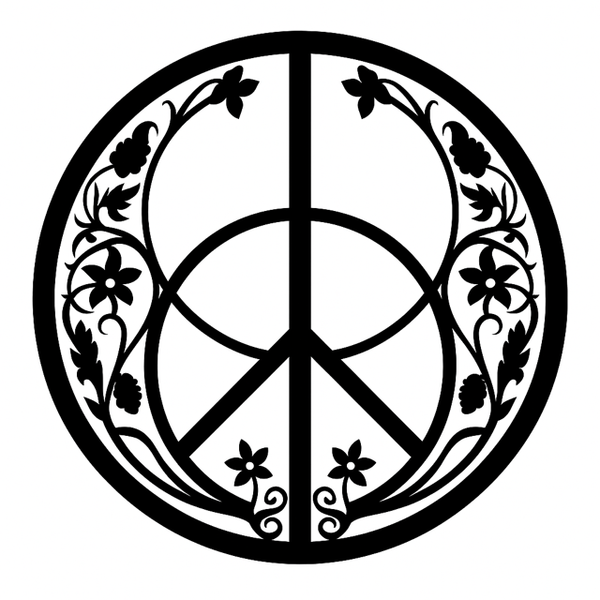Why we use Recycled Sari Products
History of The Sari
A sari – or saree – is a traditional women’s garment originating from India, but they are also worn throughout other South Asian countries such as Nepal, Pakistan and Sri Lanka.
The word literally translates as ‘strip of cloth’ in Sanskrit. They are a length of fabric that is arranged elegantly as a robe, and although originally made from cotton, silk became the more favoured material around 2000BC.
Amazingly they can be anywhere up to 8m in length, and this allows them to be worn in more than 80 different ways! Many regions of India adopt their own style with the most common way being to wrap it around the waist with the loose end of the drape to be worn over the shoulder and baring the midriff.
Different Decorating Styles
India is renowned for its handicraft culture and has an abundance of dyeing, printing, and silk weaving artisans. The beauty of the sari lies in its ubiquity and that it is unbiased towards any class allowing different regions to adapt it into their own styles.
Created from a variety of handloomed threads including silk and cotton as well as block printed and tie dye textiles, saris are naturally a highly decorative garment. Increasingly expensive styles came to be requested more including embroidery, gold threads and stone embellishments, and this was to allow certain classes to stand out from the crowd.
Certain colours are required for certain occasions. For example, daytime events require a lighter design, whereas darker shades can be worn for evening events. Red is only to be worn by the bride at Indian weddings because it represents new beginnings and feminine courage.

Reuse and Recycle
Saris start to wear after a few years of use but instead of throwing them out they were saved and made into new smaller items of clothing or homewares such as cushion covers. Often old saris are exchanged for pots, pans and kitchen utensils.
We stock a collection of items made from recycled saris from both India and Nepal. In Nepal the sari fabric is gathered and bought by the supplier we work with. Some of the recycled items are made in their factory, but also some is then delivered to the many homes of women in the community, who can fit the work around their family life and chores.
As well as creating more modern clothing items out of this traditional garment, accessories and homewares are also manufactured such as plant hangers and bags. Small offcuts are ideal for making purses, decorative bunting and fashionable scrunchies.
Because of their reclaimed nature, all the patterns and colours of recycled items vary, but this just makes each one all the more special!
